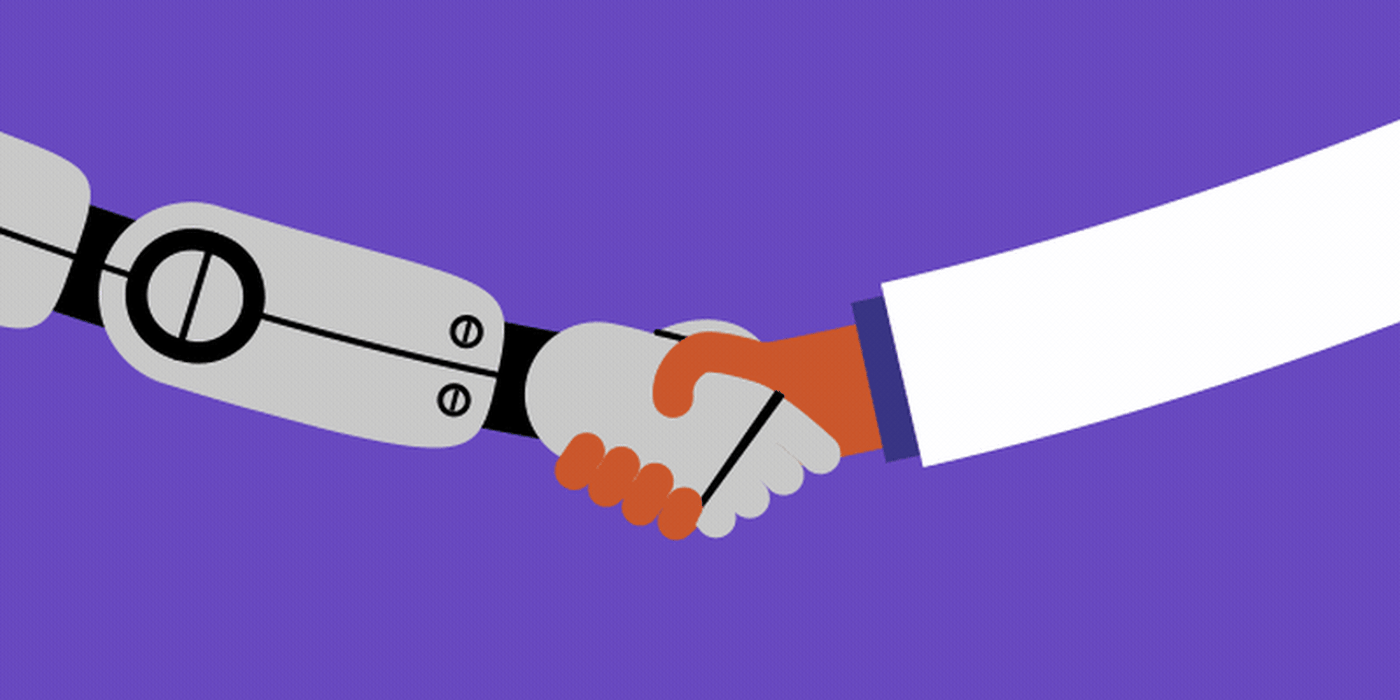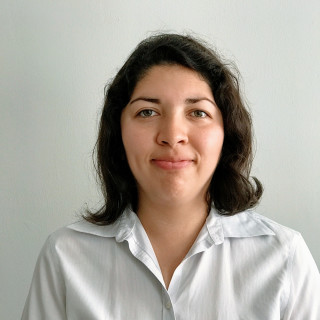In 2013, as I was beginning my third year of medical school, the hospital system we were about to descend on was undergoing a transformation: the new EHR was being rolled out. In one of my earliest rotations that year, I remember a talented surgeon asking my cohort to help him navigate through order sets and note buttons. The “madness,” as he referred to it, inspired him to consider early retirement. His efforts had always gone toward bettering his surgical skills, not toward learning on-screen workflows. What would be the benefit of trying to master the EHR?
Throughout the rest of my third year of medical school, I saw this mindset time and again. And the reason was obvious: Often, the technology implemented in clinical care seemed designed without clinical care in mind. There were buttons and actions that had little clinical impact, but needed to be addressed to move forward in the EHR. It was no surprise that the prevailing opinion about these new tools was that they were “invading” medicine; this new technology seemed to be negatively impacting our work.
I can appreciate the dichotomy that prevails within medicine. On the one hand, the field makes use of some of the most advanced technology available: robot-assisted surgery, telemedicine, and clinical informatics, to name a few. On the other hand, medicine can be very traditional and risk-averse. When it comes to the adoption of new technology, research has shown that people can be categorized into distinct groups: early adopters, early majority, late majority, and so on. Within the pool of physicians, it seems, this distribution would be similar — bogged down with clinical work, years of schooling, and training that emphasizes that we must see evidence before implementing change, it is possible even fewer of us are early adopters compared to the general population.
But what if this could change? What if we were open to early adoption? A few years after my experience with the surgeon, I remember gathering in the resident workroom to close charts. Here I witnessed one of my co-residents embrace the EHR like nobody else in our cohort. Everything had a dot phrase, a shortcut, a smart set. There was no stroke of her keyboard that was going to waste. Unlike the surgeon above, this clinician was invested in mastering the EHR so she could improve it. Rather than dismiss it as inane, she saw its potential and helped to make it less cumbersome. She went on to build EHR tools as part of her work post-residency — her participation in the design process allowed her to make tools that helped all clinicians.
Watching my co-resident take an active interest in improving the EHR reminded me of an experience I had during one of my elective months, when I worked at a startup that built clinical tools. One of the most striking differences I noticed from the clinic environment was the startup’s live dashboard showing a visual representation of key metrics to their operations. In medicine I had never seen anything quite like that — most of the time, our metrics would come out as a printed spreadsheet months after the fact to give us some insight into our panel or hospital work (for example, percentage of success with colorectal cancer screening, or units of pRBCs ordered in the past six months). At the startup, however, the tools were intentionally designed to allow for quick iteration and identification of opportunities. The health care industry, often slow to change, could likely benefit from the tech industry’s handbook — the work we do can have critical consequences, but these helpful technologies that are foundational to the operations of other industries are still not threaded into the culture of health care.
Though we cannot fundamentally change the EHR, we can tweak the functions within it to make our clinical days easier. With new and emerging technologies, I see an opportunity among physicians to inform their early development and implementation so that this tech fits into the workday, not the other way around. One example of a technology that poses great potential for clinicians is ChatGPT, the chatbot that can seemingly do anything, including pass Step 1. I see the reluctance of some to embrace this new technology in medical practice; after all, have we all gone through years of medical training to simply be replaced by a computer? But similar to other technologies that have arisen in medicine (e.g., surgical robots), we should not fear that ChatGPT will replace us. Instead, maybe we are better served to entertain its utility for the betterment of medicine. Imagine a world where you walk into your clinic and a chatbot gives you the highlights about your next patient, reminds you of the most important items to accomplish during the visit, and completes all documentation for you!
What this tool needs — and what all health care tools need — are trained physicians who are willing to embrace it. In the case of ChatGPT specifically, we need clinicians to be able to set guardrails for the technology and to discern whether its suggestions are accurate and appropriate when applied to the unique individuals we treat. This necessity can only be accomplished when physicians have more ownership of the development and implementation of the tools used in the delivery of medicine.
If we could go back to the time of EHR implementation, would our health care system look different today if physicians had been more involved in the evolution of this tool to truly be an asset to our work rather than what it often is now — a source of burnout? ChatGPT and other emerging technologies are here to stay and will continue to have a presence in health care; our ability to harness the strengths of these technologies could facilitate, not hinder, the practice of medicine.
It is human nature to turn away from things that we don’t understand, that make our work harder, or that could threaten our job security. New tech is always scary, especially to physicians, as it can represent a culture change — a change that conflicts with the traditionalism and risk-averse nature of medicine. Nevertheless, history shows that technology has been helpful to medicine and works at its best when people with real-life clinical experience inform it. As new tech gets rolled out, physicians should consider at least these two things: be open to culture change, and get involved with improving tech to ensure it’s appropriately suited to clinical care. If we learn to understand and train new tech, we can make it work for us — and our patients.
What type of tech "adopter" are you? Share in the comments!
Dr. Raquel Rodriguez is a family medicine physician, currently practicing telemedicine from everywhere. She is passionate about applying technology, design, and policy innovations to improve patient care and the health of underserved populations. She tweets, rarely, at @racoolnessmd. Dr. Rodriguez is a 2022–2023 Doximity Op-Med Fellow.
Animation by Diana Connolly







